28+ Sample Family Budgets
-

Family Budget Form
download now -
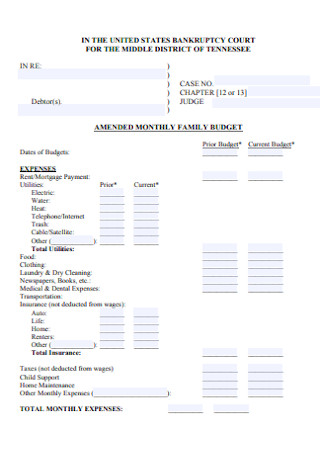
Monthly Family Budget Template
download now -
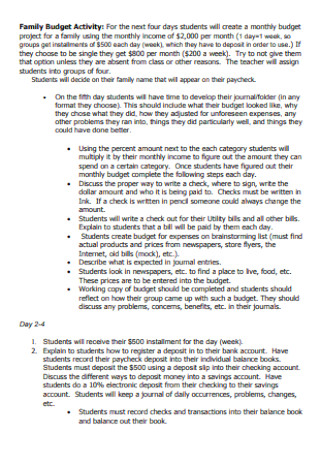
Family Activity Budget Template
download now -

Foster Family Budget Template
download now -
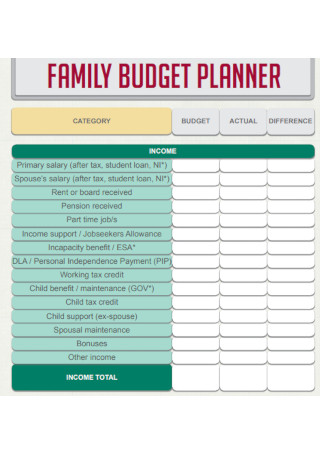
Family Budget Planner Template
download now -
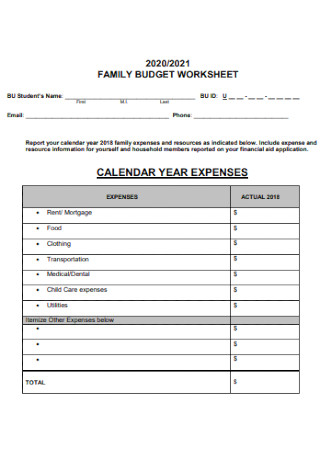
Family Budget Workshhet
download now -
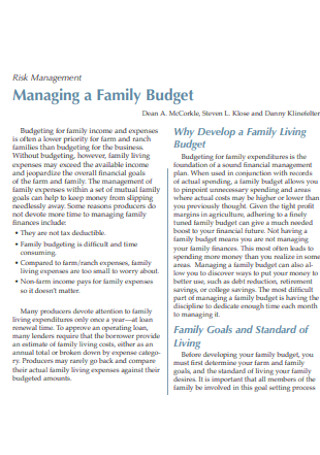
Managing a Family Budget
download now -
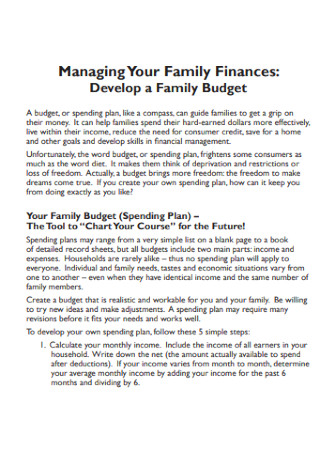
Family Finance Budget
download now -
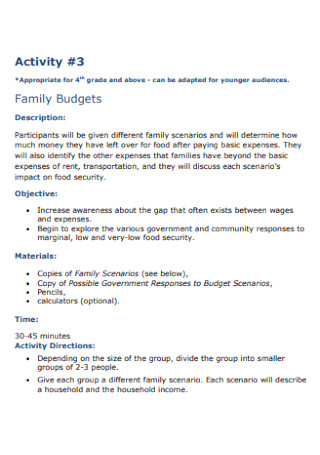
Family Budgets Format
download now -
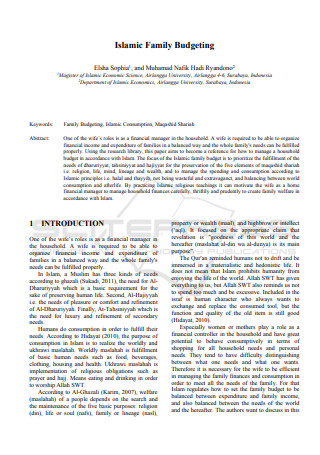
Islamic Family Budgeting Template
download now -
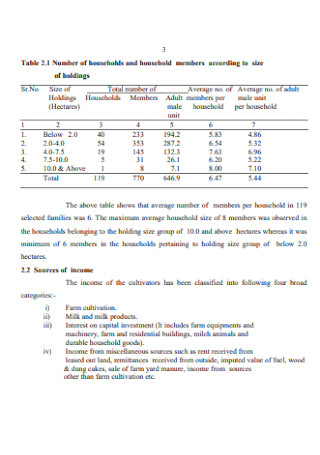
Family Budget of Cultivators Template
download now -
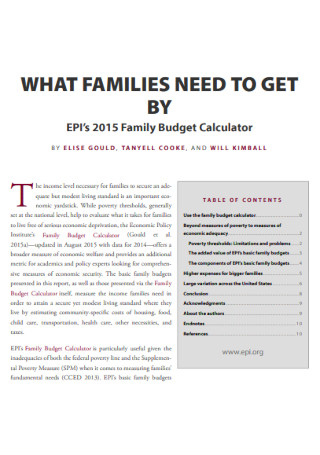
Family Budget Calculator Template
download now -
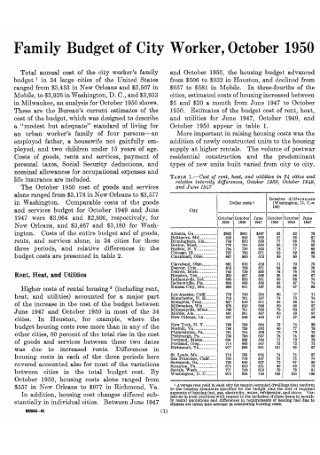
Family Budget of City Worker
download now -
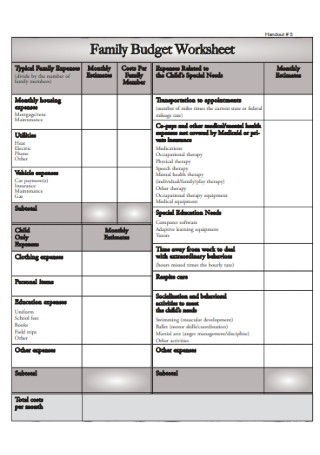
Family Budget Worksheet Format
download now -
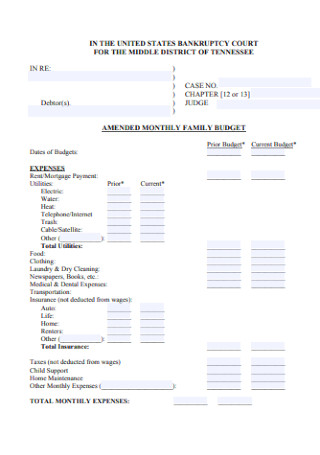
Amended Monthly Family Budget
download now -
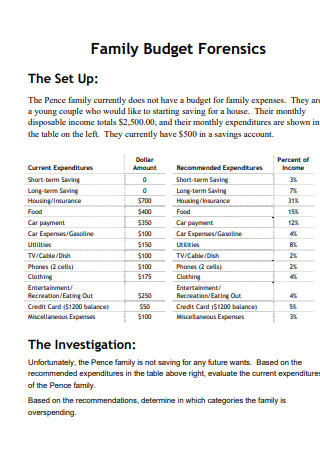
Family Budget Forensics Template
download now -

Simple Family Budget Template
download now -
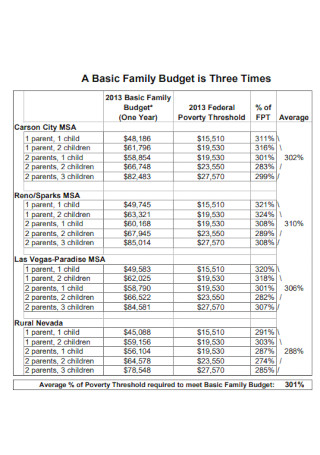
Basic Family Budget Example
download now -
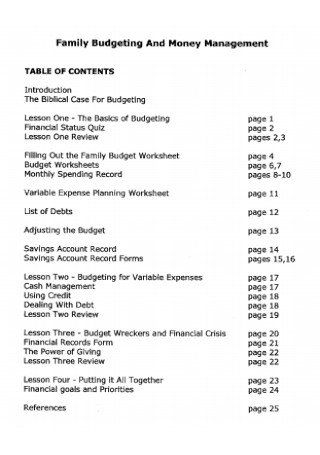
Family Management Money Budget
download now -

Family Food Budget Template
download now -

Family Budget Worksheet Example
download now -
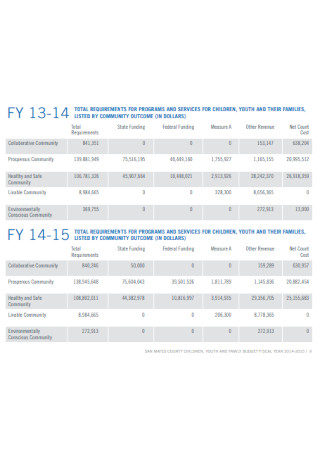
Youth and Family Budget
download now -
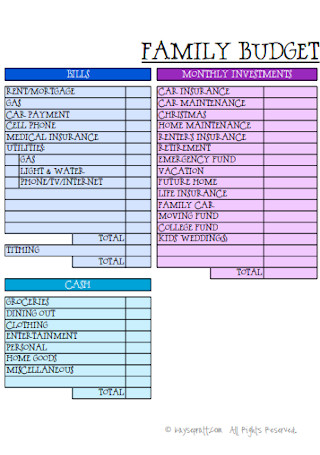
Family Monthly Investment Budget
download now -

Family Budget Report Template
download now -
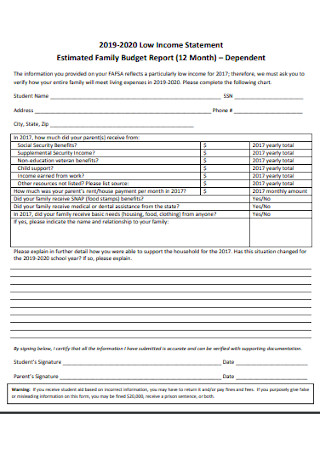
Estimated Family Budget Report
download now -
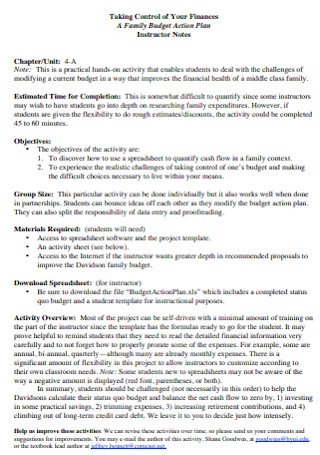
Family Budget Action Plan Template
download now -
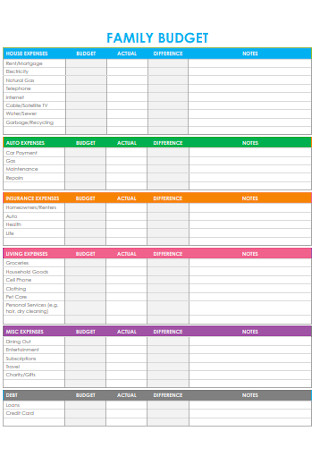
Standard Family Budget Template
download now -

Family Academic Budget
download now
FREE Family Budget s to Download
28+ Sample Family Budgets
Family Budget: What Is It?
The Big Four: Categories of a Family Budget
How to Make an Excellent Family Budget
FAQs
What are the main components of a family budget?
What is considered the best budget management option
Why is a family budget important?
Family Budget: What Is It?
A family budget refers to the official budget worksheet meant for household expenses. For example, a parent’s income will be distributed not only for personal needs but also for the family’s meals, rentals, debts, school tuition fees, or the overall home budget. And thanks to family budget, you have an official budget planner to ensure your family stays economically stable daily, weekly, monthly, or annually.
Based on a report, over three times more working families were labeled below the basic household budget levels.
The Big Four: Categories of a Family Budget
It is known that a family budget is commonly grouped into four major categories. These are the fixed expenses, variable expenses, debts, and goals. But what exactly are they? Take a closer look at the main categories of a family budget.
How to Make an Excellent Family Budget
It is safe to say that there is no single correct way of setting a family budget. That is because household expenses and family budgeting plans differ. What works for one family might not work for another family. But if you want to increase your chances of creating family budget excellently, be sure to follow these steps:
Step 1: Review Your Family Income and Tally the Expenses
First things first, how much does your family earn per month? And are you the sole breadwinner of your family or your partner and children would also contribute to the expenses? Note them down. Be realistic with the family income so you can start estimating household budget. List all the expenses that would help the family from insurance premiums, credit cards, student loans, and more.
Step 2: Calculate and Strategize Your Net Income
After tallying all your household expenses, calculate your net income next and strategize ways on how to divide the budget appropriately. The key is to subtract the whole monthly expenses you tallied from the total of your take-home pay. If the amount is positive, then congrats—your net income shows that you spent less. Hence, the extra money can be placed under savings or to pay debts. Expect to improve your budget plans if the net income is negative. That means you eliminate certain expenses or boost your income.
Step 3: Consider Your Family’s Financial Goals
A family budget has no room for selfishness. So be sure to consider what the rest of the family members’ financial goals are. It could be about a personal project, a travel escapade, etc. You can divide them according to being a short-term goal and a long-term goal. You can even divide your family budget creatively by using a pie chart, a tabular format, and other graphical data. The key is to use visual organizers that can be understood easily by the family members.
Step 4: Figure Out Ways to Cut Back and Optimize
Every family’s weakness is to commit overspending. That can be challenging to increase savings and even finish your financial objectives. So to ensure that families become fully aware if ever their money has been spent too much or not, that is why family budget is at play. Use a family budget worksheet to tabulate all expenses spent, saved, and more. Update the details regularly until you can slowly make it easier for your family to survive financially.
FAQs
What are the main components of a family budget?
The Economic Policy Institute suggests that a family budget consists of seven main components—food, housing, child care, transportation, health care, taxes, and other necessities.
What is considered the best budget management option
The highly recommended budget management options worth observing are the cash-envelope system, zero-based budget, and the 50-30-20 budget rule.
Why is a family budget important?
Family budget is essential for many reasons. And some examples are:
- Teaches families the wise way of spending money regularly
- Prevents debts and bankruptcy
- Secures future expenses
- Observes the bigger picture of every household budget in an easy worksheet
- Keeps the family prepared for financial emergencies
You can’t deny that budgeting is a lifetime task. But when you come up with a smart strategic plan to budget what works well for you and your family, rest assured, all your efforts will pay off. Start setting up your household’s official family budget now until you slowly lessen those debts, save more money, and be financially stable for years to come.
